- Shop Now
- Burncoose Specialities
- This Month
- Offers & Promotions
- RHS Chelsea Flower Show 2024
- 40 years at Burncoose
- Engage With Us
- Information, Help & Advice
- About Us & Our Services
- Terms & Conditions
- Log In / Register
HEATHERS Erica
Commonly known as Heath
A shrub to bring a moorland character to your garden.
Genus of more than 800 species of evergreen trees, shrubs and subshrubs from a variety of habitats from wet moorland to dry heathland in Europe, western Asia, the Arabian Peninsula, northern Africa, Macaronesia, montane habitats in tropical Africa and especially temperate southern Africa (Cape heaths). They often dominate heathland and moorland and this is mirrored in miniature with their ground-covering characteristics in garden planting.
E.carnea, Alpine or Winter heath flowers from winter to mid spring, cinerea, bell heather from early summer to early autumn, vagans, Cornish heath, from midsummer to mid-autumn and x darleyensis, a particularly useful groundcover, from late autumn through winter to early spring. All are an excellent source of nectar for bees.
Native ericas are E. ciliaris, Dorset heath found also in Devon, Cornwall and the west of Ireland, E. cinerea, Bell heather, common on the drier areas of moorland and tetralix, Cross-leaved heath. common except for the Midlands. E. vagans, in the wild, is found on the Lizard peninsula in Cornwall.
-
EvergreenProstrate to tree like shrubs. Whorled, mainly linear leaves. Bell- to urn-shaped flowers.
-
Ground coverThese plants are typically low growing and spread quickly to inhibit weed growth on areas of bare soil
-
 Full sun
Full sun
-
Additional Features
 Good to knowE. vagans and E. williamsii will tolerate alkaline soil.
Good to knowE. vagans and E. williamsii will tolerate alkaline soil. Pests & DiseasesFungal attack fom Phytophthora root rot, Pythium, and Rhizoctonia in warm, wet conditions.
Pests & DiseasesFungal attack fom Phytophthora root rot, Pythium, and Rhizoctonia in warm, wet conditions. Place of originEurope, temperate Africa, western and central Asia.Resistant to honey fungusThese plants have little or few problems with honey fungus.
Place of originEurope, temperate Africa, western and central Asia.Resistant to honey fungusThese plants have little or few problems with honey fungus. -
Soil ConditionsAcid / ericaceous lovingFertile well drained soilOpen site
-
Wildlife
 Bee friendly
Bee friendly
Buy Varieties of HEATHERS Erica

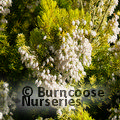
HEATHERS Erica arborea 'Albert's Gold'
Tree heath with scented white flowers in early spring and the brightest golden foliage


HEATHERS Erica arborea 'Estrella Gold'
hardy slow growing variety with yellow young foliage

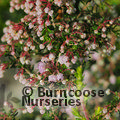
HEATHERS Erica canaliculata
Cape heath with pale pink flowers

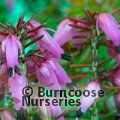
HEATHERS Erica carnea 'Ann Sparkes'
rose-pink. Yellow-bronze foliage
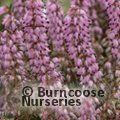
HEATHERS Erica carnea 'December Red'
deep pink

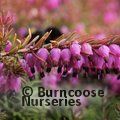
HEATHERS Erica carnea 'Eva'
magenta flowers

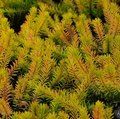
HEATHERS Erica carnea 'Foxhollow'
pale lavender, yellow foliage

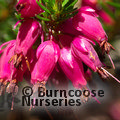
HEATHERS Erica carnea 'Myretoun Ruby'
ruby red

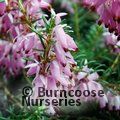
HEATHERS Erica carnea 'Pink Spangles'
large pale pink

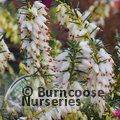
HEATHERS Erica carnea 'Winter Snow'
white


HEATHERS Erica cerinthoides
Tree heather. Tubular flowers, usually red-orange.

HEATHERS Erica x darleyensis 'Darley Dale'
pink flowers, cream tips in spring
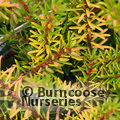
HEATHERS Erica x darleyensis 'Eva Gold'
golden leaves and magenta pink flowers

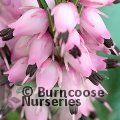
HEATHERS Erica x darleyensis 'Ghost Hills'
purple-pink flowers, bright green foliage and cream tips in spring


HEATHERS Erica x darleyensis 'Kramer's Red'
magenta flowers, bronze-green foliage
Useful extras...








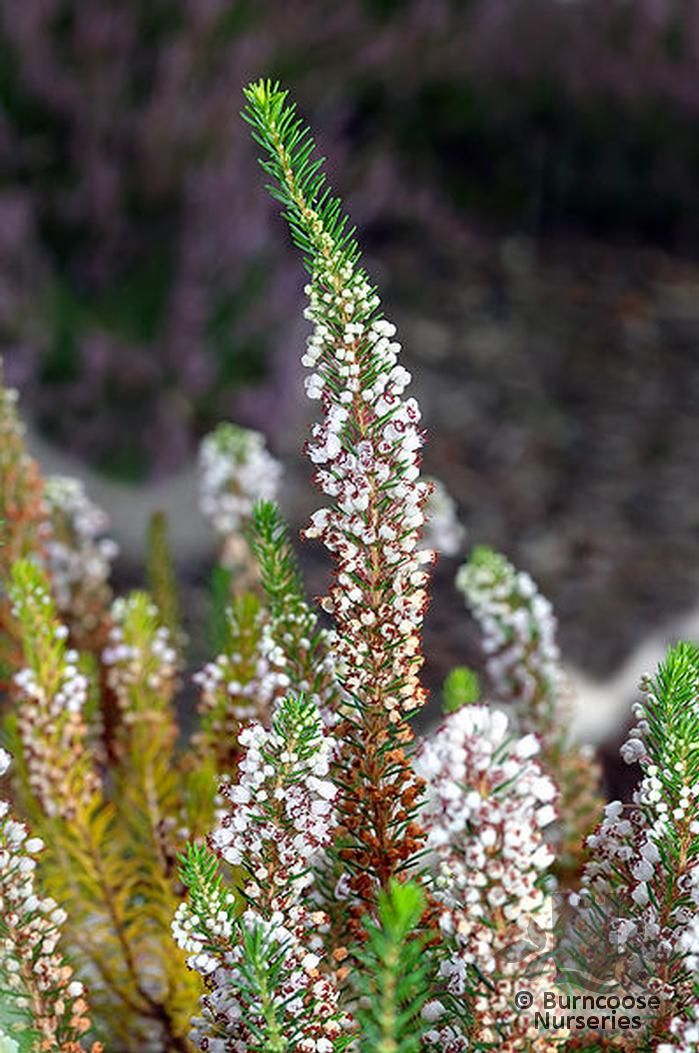


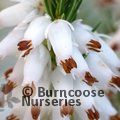
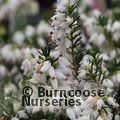





 Gift-wrapping available
Gift-wrapping available




